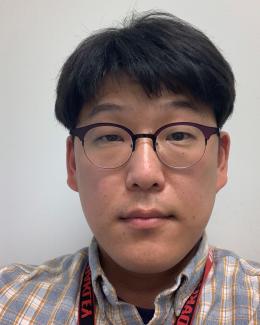Abstract
Metal Big Area Additive Manufacturing (MBAAM), an additive manufacturing based on wire-arc process, is progressively evolving from rapid prototyping to the industrial scale production. In MBAAM, the height of printed part can easily reach eight feet, and the printing can last for hours or days. For such large printed structures, distortion and residual stress management are primary challenges in production process. Although transient thermo-mechanical simulations with very small time increments have resulted in accurate process predictions on small parts, such time resolutions are not computationally feasible for large components. Hence, the time increment in thermo-mechanical simulations of large structures needs to be evaluated with respect to simulation accuracy and computational feasibility. In this work, two thin walls were printed using MBAAM, and temperature and process parameters were recorded and used to calibrate and validate the model results. The part distortion and residual stresses were measured before and after stress relaxation by neutron beam diffraction in High Flux Isotope Reactor (HFIR). These measurements were compared to the predicted simulation results. In this work, we investigated the robustness of the computational model and the effects of time increment magnitude on the large-scale MBAAM simulations in terms of accuracy and model efficiency. We found that a coarse time increment of 20 s effectively captured the overall part distortion, but the model was not able to capture the development of residual stresses in the base plate. We determined a combination of fine and coarse time increments that offers an optimal computational efficiency and accuracy for residual stress prediction. A fine time increment of 1 s can be used to resolve the thermal interactions between the wall and base plate during the printing of the first few layers, as well as for other transitions in the geometry or process conditions. These findings provide general guidelines for selection of simulation time increments and offer a general understanding of the effect of time increments on computational efficiency and accuracy in prediction.







